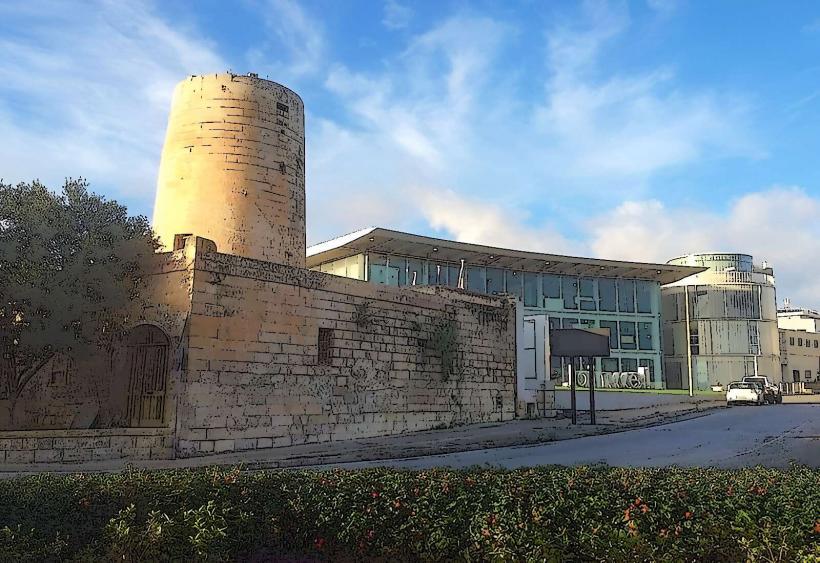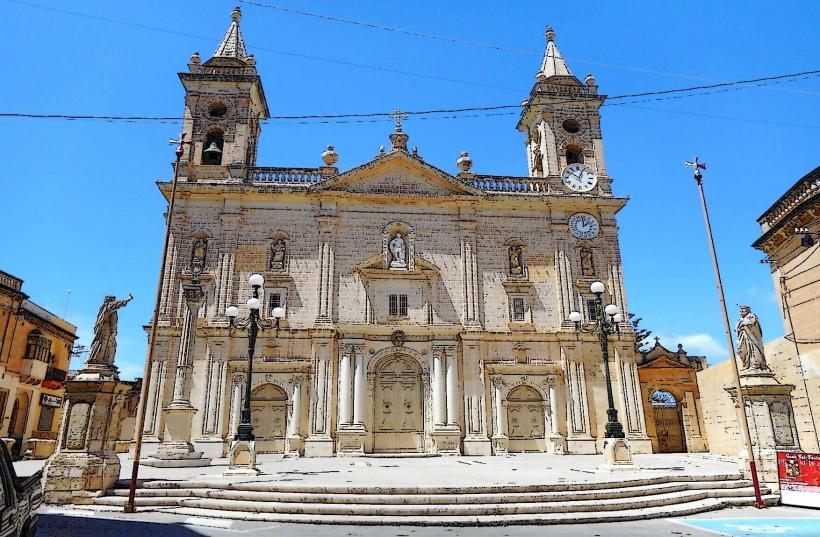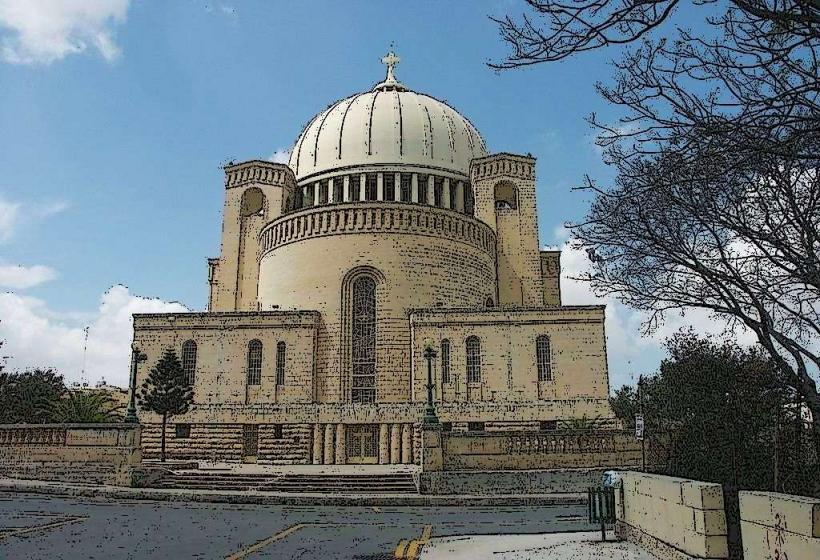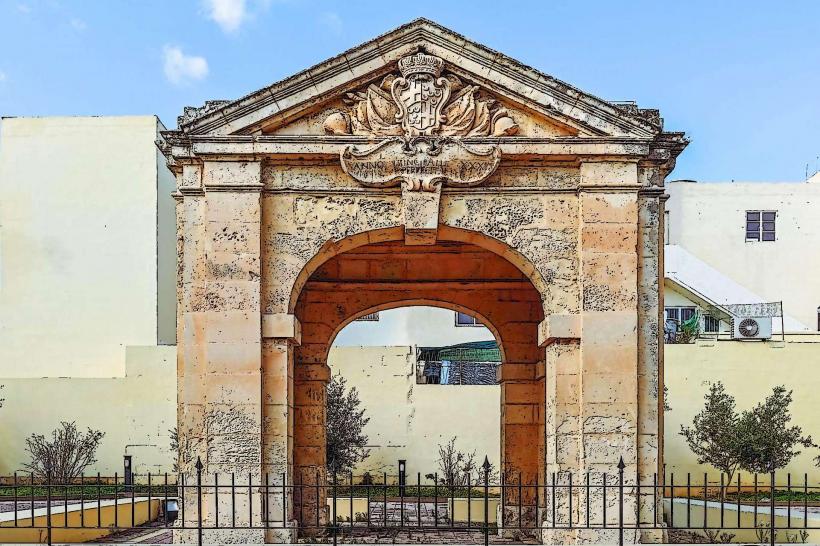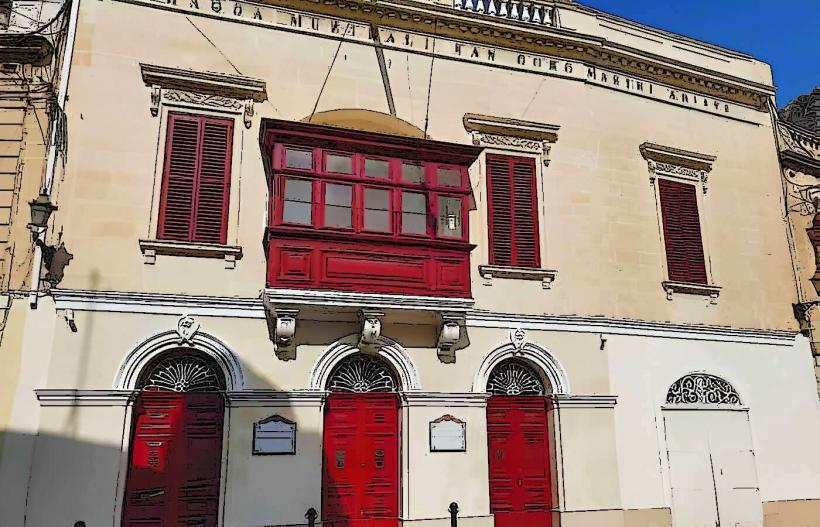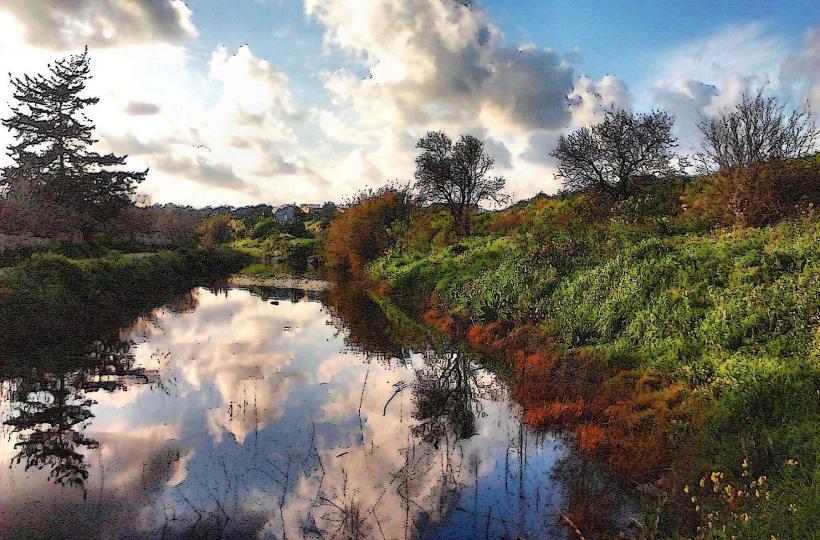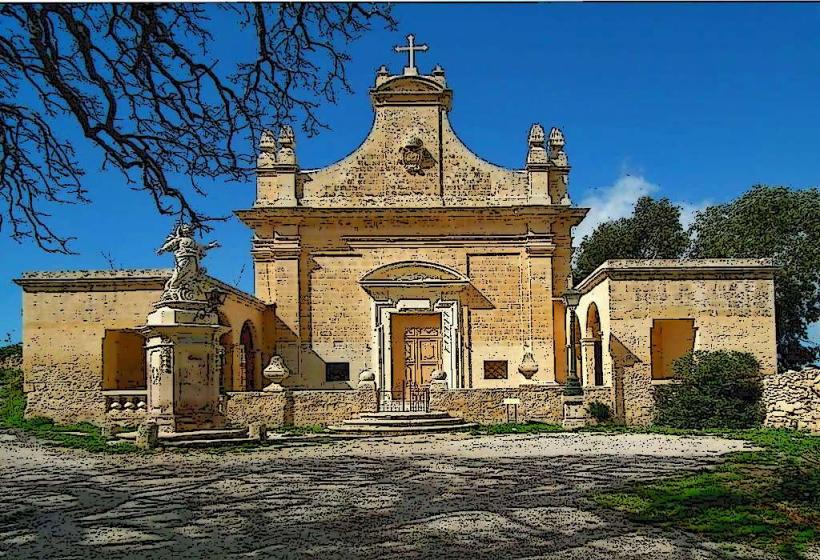Information
City: QormiCountry: Malta
Continent: Europe
Qormi is one of Malta’s oldest and largest towns, located in the central region of the island. It has a rich history, a blend of traditional Maltese culture, and a rapidly growing modern population. Known for its vibrant community life, Qormi is a place that balances its agricultural roots with contemporary residential and commercial developments.
Historical Overview
- Ancient and Medieval History: Qormi’s history dates back to ancient times, with evidence of early settlements in the area. The town's name, derived from the Arabic word “Qormi” (meaning fertile land or orchard), reflects its agricultural roots. During the medieval period, Qormi was primarily an agricultural village, known for its fertile soil, which allowed for the cultivation of various crops and the breeding of livestock.
- Knights of St. John: During the rule of the Knights of St. John, Qormi saw some infrastructural improvements, including the construction of roads and other facilities. It also grew as an administrative and religious center during this period, but it retained its agricultural character for several centuries.
- British Era: Under British colonial rule, Qormi experienced some urbanization, as did many parts of Malta. However, the town continued to maintain its rural identity for much of the 19th and early 20th centuries. It wasn’t until the post-independence period that Qormi began to see significant industrial and residential development.
Geographical Features
- Location: Qormi is centrally located in Malta, situated approximately 7 kilometers from the capital, Valletta. It is near other major towns such as Mosta, Birkirkara, and Pietà. Its central position makes it easily accessible by road and an ideal location for those looking to explore Malta beyond the typical tourist hotspots.
- Landscapes: The town lies on relatively flat terrain, and historically, much of Qormi’s surrounding land was used for agriculture. The area still retains some green fields and open spaces, though it has been largely urbanized in recent years. Despite this, Qormi still retains a somewhat rustic atmosphere compared to other more commercialized parts of Malta.
Key Attractions and Landmarks
- The Church of St. George: One of Qormi’s most important landmarks is the Church of St. George, the town’s parish church. This church dates back to the 17th century and features impressive Baroque architecture. It is dedicated to St. George, the patron saint of Qormi, and is the focal point of many of the town’s religious and cultural activities. The church is also home to a significant collection of religious artifacts and artwork.
- The Old Bakery: Qormi has a long tradition of bread-making, and the town is famous for its local bakeries, particularly those that produce traditional Maltese bread, Ħobż Malti. Some of the older bakeries in Qormi have become landmarks in their own right, showcasing the history of Malta’s bread-making industry.
- Wignacourt Museum: Located in the heart of Qormi, this small but fascinating museum is housed in the Wignacourt Band Club building. It focuses on the history of Qormi and its cultural heritage, showcasing traditional costumes, religious artifacts, and objects from the town's past.
- The Qormi Walls: The town's fortifications and protective walls are remnants of its medieval past. These walls, which were built to defend the town against invaders, are now scattered throughout the area and offer a glimpse into Qormi's historical importance.
Cultural Life
- Feasts and Festivals: The most significant religious event in Qormi is the Feast of St. George, celebrated in the first week of July. The feast is a lively celebration with processions, fireworks, music, and various traditional Maltese festivities. The church plays a central role in the feast, with the band club providing live music during the celebrations.
- Band Clubs: Qormi has a vibrant musical tradition, and the town is home to several band clubs, including the St. George’s Band Club. These clubs are at the heart of Qormi’s cultural life, hosting concerts, festivals, and other performances throughout the year. Music plays an important part in both religious celebrations and national events.
- Cultural Events: Qormi also hosts a number of cultural events, such as art exhibitions, local theater performances, and community activities. The town has become a hub for arts and culture in recent years, with more emphasis on the creative arts and community-based activities.
Economic Activities
- Agriculture: Historically, Qormi was an agricultural village, and this legacy continues in some parts of the town today. Qormi has been known for its wheat and vegetable crops, as well as its livestock farming. While agriculture is no longer the dominant force in the town’s economy, it remains an important part of its identity.
- Bakeries and Food Production: The town is particularly famous for its traditional Maltese bakeries, which produce bread, pastries, and other local delicacies. The tradition of bread-making is deeply rooted in Qormi’s culture, and local bakeries continue to serve as both businesses and landmarks.
- Residential and Commercial Development: As one of the largest towns in Malta, Qormi has seen rapid urbanization in recent decades. The town now boasts a range of residential developments, from traditional houses to modern apartment complexes. The commercial sector has also grown, with new shops, restaurants, and services becoming available to cater to the growing population.
- Small Industry: Qormi’s economy also supports small industries, including construction, retail, and local manufacturing. The town has become a hub for services and trade, with a wide range of businesses offering everything from construction materials to healthcare services.
Public Amenities and Services
- Public Transport: Qormi is well-connected by Malta's public transport system, with several bus routes passing through the town and linking it to other parts of the island, including the capital Valletta and the neighboring towns of Birkirkara, Mosta, and Sliema. The town’s central location makes it an ideal base for exploring the rest of Malta.
- Healthcare: The town has its own health center, which provides general medical services and healthcare to the local community. For more specialized treatments, residents and visitors can visit Mater Dei Hospital, located a short drive away.
- Schools: Qormi has a number of public and private schools, offering primary and secondary education to children in the local area. The schools are part of Malta’s national education system, providing a broad range of academic programs.
Visitor Tips
- Best Time to Visit: The best time to visit Qormi is during the Feast of St. George in July, when the town is bustling with celebrations. The streets are filled with music, fireworks, and local festivities, giving visitors a chance to experience authentic Maltese culture. However, Qormi is an interesting place to visit year-round, especially for those interested in Malta’s local traditions and history.
- What to See: The Church of St. George, the Wignacourt Museum, and the traditional bakeries are some of the top attractions in Qormi. It’s also worth wandering the town’s streets to appreciate its historic buildings, local shops, and friendly atmosphere.
- Getting Around: The best way to explore Qormi is on foot, as the town is relatively compact and easy to navigate. However, if you're planning to explore the surrounding areas, public buses or a rental car will make traveling to neighboring towns and attractions more convenient.
Qormi offers a unique blend of Malta’s rural traditions and urban development. While it is known for its historical roots in agriculture and bread-making, the town has evolved into a vibrant, modern community that retains much of its traditional charm. Whether you are visiting for its religious festivals, historical landmarks, or local cuisine, Qormi provides an authentic Maltese experience that is both welcoming and rich in cultural heritage.

